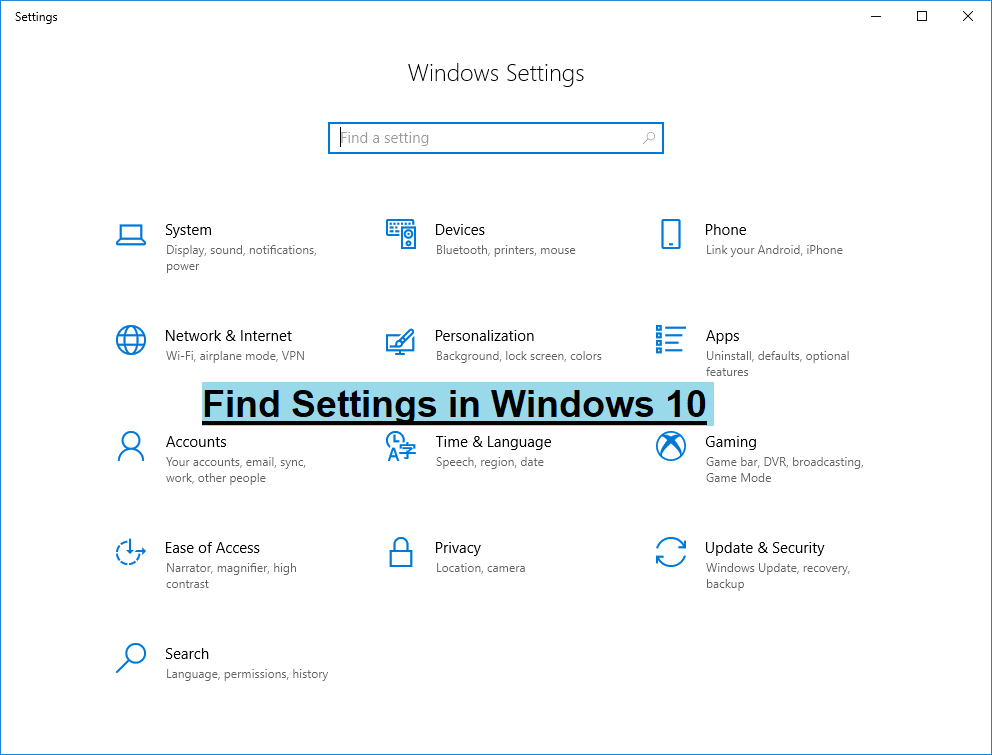Unveiling ChatGPT: Transforming the Landscape of Text Generation with Artificial Intelligence
Artificial Intelligence (AI) has revolutionized various industries and the way we interact with technology. One such groundbreaking innovation is ChatGPT, an AI language model developed by OpenAI. Based on the Generative Pre-trained Transformer (GPT) architecture, ChatGPT is at the forefront of text generation, shaping the future of chatbots and content creation.
What is ChatGPT?
ChatGPT is an artificial intelligence chatbot developed by OpenAI and launched on November 30, 2022. It is a cloud-based chatbot platform that allows users to engage in natural language conversations with an AI model. ChatGPT is designed to understand and generate human-like responses, making it useful for a variety of applications such as customer support, content generation, and virtual assistance.
One notable feature of ChatGPT is its ability to refine and steer conversations. Users can provide instructions to the chatbot to guide the conversation towards a desired length, format, style, level of detail, and language used. This feature allows users to have more control over the output of the chatbot and tailor it to their specific needs.
ChatGPT is powered by the GPT-3.5 engine, which is an advanced version of OpenAI’s Generative Pre-trained Transformer (GPT) technology. GPT-3.5 is built upon a deep learning architecture and trained on a large corpus of text data, allowing it to generate coherent and contextually relevant responses.
The platform is developed using the Python programming language, a widely-used language for AI development. Python provides a flexible and powerful environment for building and deploying machine learning models, making it suitable for developing chatbot systems like ChatGPT.
OpenAI is the primary developer of ChatGPT, with Microsoft Corporation also involved in its development. OpenAI is a leading research organization focused on artificial general intelligence (AGI), and they have made significant advancements in natural language processing and machine learning. Microsoft Corporation, a technology company, has partnered with OpenAI to collaborate on AI research and development projects.
ChatGPT is distributed as a proprietary software and is subject to licensing terms determined by OpenAI. The specific details of the license agreement may vary, but it generally restricts the use and distribution of the chatbot to comply with OpenAI’s guidelines.
The most recent stable release of ChatGPT was on May 24, 2023, which was 36 days ago from the current date of June 30, 2023. OpenAI regularly updates their models to improve their performance, address issues, and incorporate new features. It is likely that future versions, such as GPT-4, will be developed to enhance the capabilities of ChatGPT and offer even more advanced conversational AI experiences.
Key Features of ChatGPT:
- Human-like Text Generation: ChatGPT can generate coherent and contextually relevant text.
- Scalable Knowledge Base: With every version, it expands its knowledge base to stay updated.
- Customizability: Can be fine-tuned to suit various applications.
- Conversation Handling: Capable of handling multi-turn conversations with context.
Applications of ChatGPT
ChatGPT is not just a technological marvel; it has practical applications that can be integrated into various industries.
- Content Creation: For bloggers and content creators, ChatGPT can help in drafting articles or generating ideas.
- Customer Support: ChatGPT can be used to develop chatbots for handling customer queries effectively.
- Educational Tools: Can be used as a tool for answering students’ queries and aiding in learning.
- Language Translation: Being proficient in multiple languages, it can be used for translation services.
- Personal Assistants: Development of advanced AI-based personal assistants.
The GPT Architecture
The Generative Pre-trained Transformer, or GPT, is the underlying architecture behind ChatGPT. It’s a type of deep learning model that excels in tasks that require the generation of text.
Comparison Table: GPT Versions
| Version | Parameters | Release Date | Major Improvements |
|---|---|---|---|
| GPT | 117M | June 2018 | Initial Release |
| GPT-2 | 1.5B | February 2019 | Scale-up, more data |
| GPT-3 | 175B | June 2020 | Scale-up, fine-tuning capabilities |
| ChatGPT | – | – | Specialized for chat applications |
Behind the Scenes
ChatGPT is trained using unsupervised learning on a massive corpus of text data. It leverages the power of machine learning, especially deep learning, to understand and generate human-like text. The model is pre-trained on general data and then can be fine-tuned for specific tasks or domains.
Future Prospects and Conclusion
The advancements in NLP technologies, particularly the development of models like ChatGPT, are revolutionizing the landscape of text generation and conversational AI. With future versions, we can expect even more refined and human-like interactions and a wider array of applications, especially as the knowledge base expands and the technology becomes more sophisticated.
As we have seen, ChatGPT is not just an AI; it is an invaluable asset that holds the potential to transform industries and the way we interact with technology.




